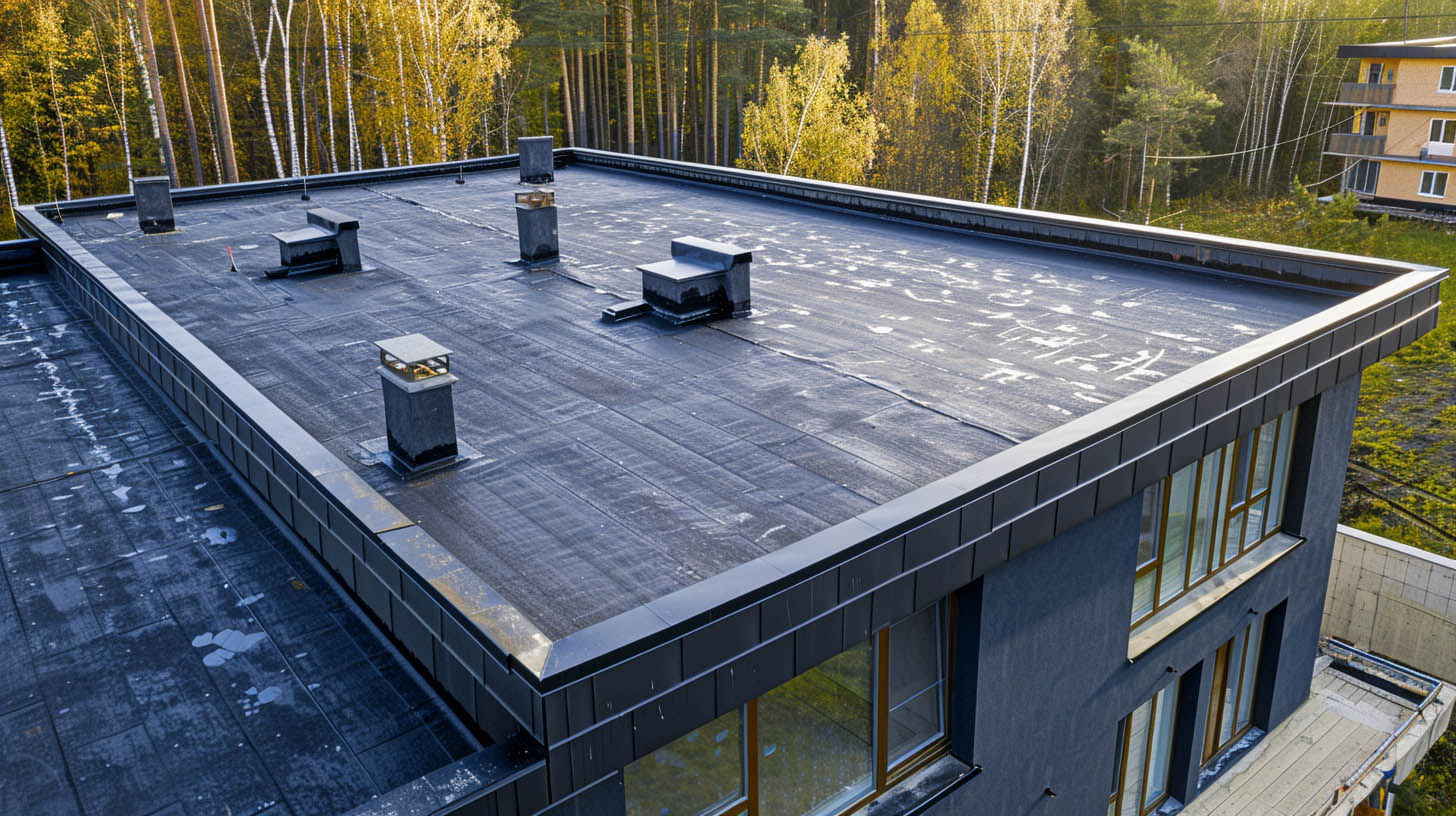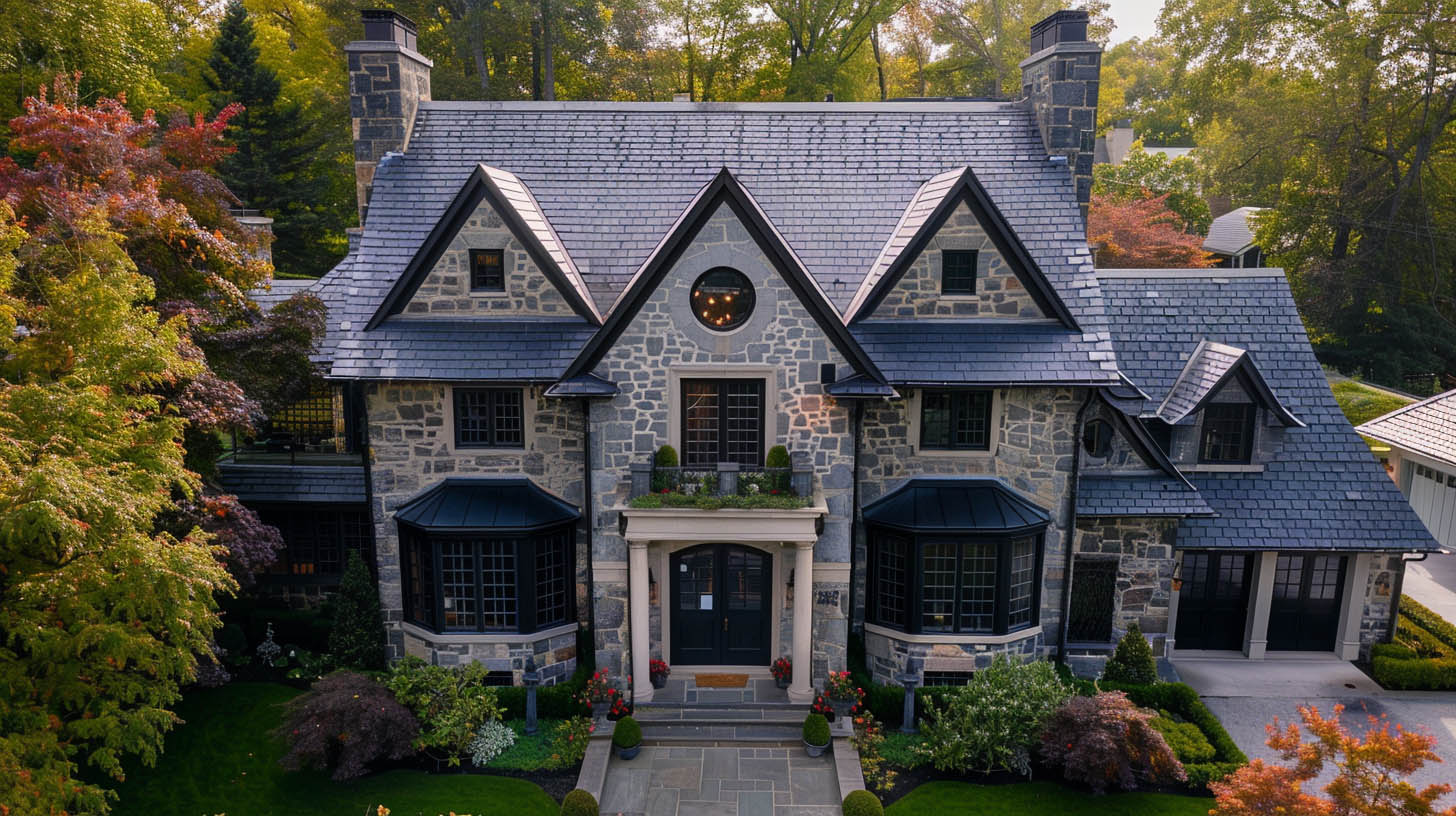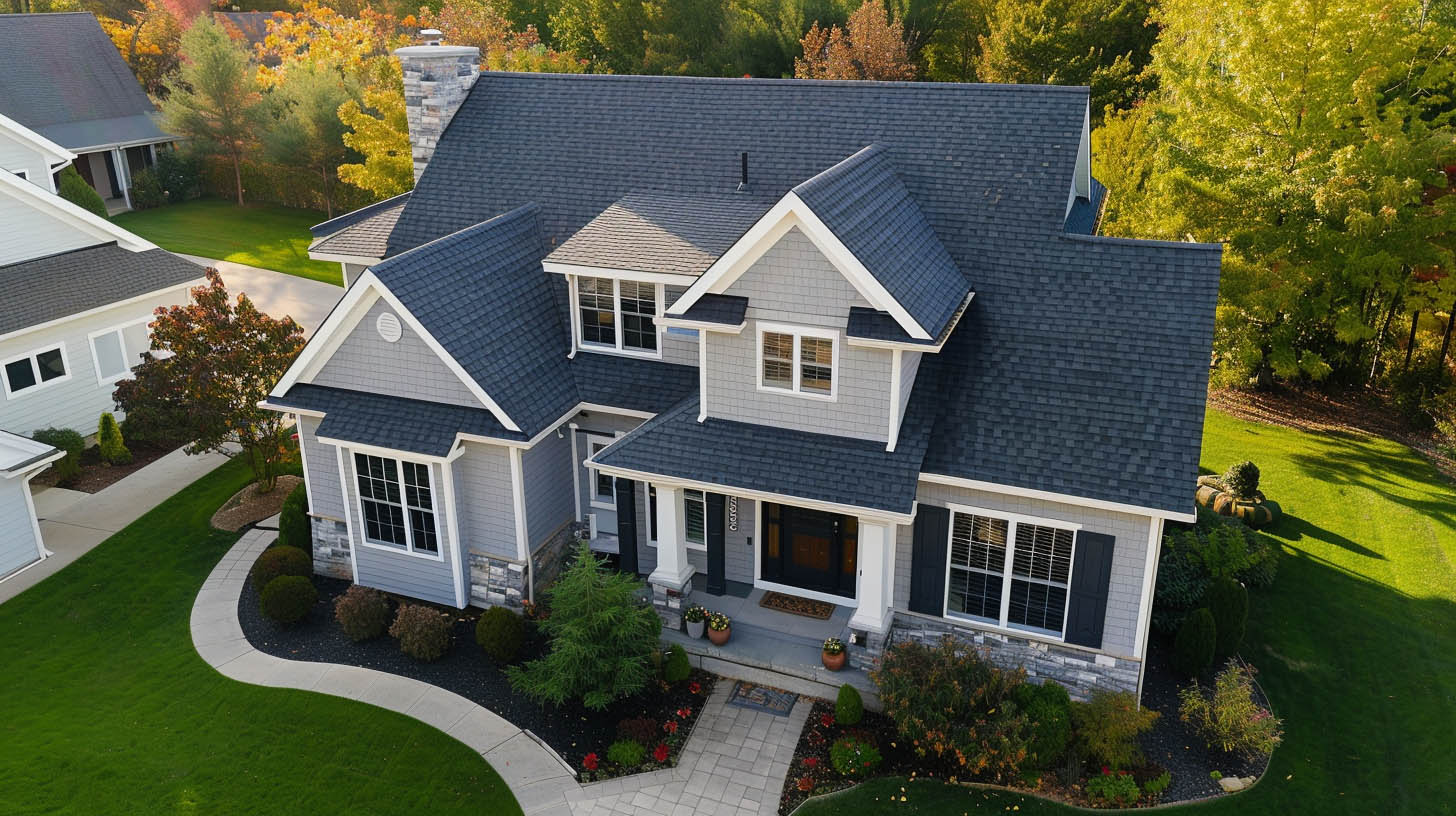
Types of Flat Roofs: Exploring the Varieties
Flat roofing systems are categorized based on the materials used and the installation technique. The primary types include:- Built-Up Roof (BUR): This traditional flat roof system comprises multiple layers of roofing felt impregnated with asphalt, interspersed with hot tar, and topped with a layer of gravel. BUR is prized for its longevity and resistance to water penetration.
- Modified Bitumen Roofing: A modern take on the BUR, modified bitumen roofs employ reinforced roof fabrics that serve as carriers for bitumen, which is applied in layers. This system is known for its flexibility, ease of repair, and durability.
- Single-Ply Membrane Roofing: This category includes various types of flexible sheets of compounded plastic-derived materials. Single-ply membranes are fast to install, highly reflective, and offer superior resistance to UV radiation.
- Green Roofing: An innovative approach that allows for the growth of vegetation on the rooftop. Green roofs not only provide excellent insulation but also contribute to environmental sustainability by reducing runoff and improving air quality.
Advantages of Flat Roofing Systems
Flat roofs are not just an architectural style; they offer several practical benefits:- Cost-Effectiveness: Generally, flat roofs are more affordable to install than their sloped counterparts due to less material requirement and simpler construction.
- Space Utilization: Flat roofs provide additional usable space for various purposes, such as rooftop gardens, patio areas, or solar panel installations.
- Accessibility: Maintenance, cleaning, and inspection tasks are easier and safer on a flat surface.
- Architectural Flexibility: Flat roofs contribute to a modern, sleek look and offer designers and architects more creativity in building design.
Installation and Maintenance: Ensuring Longevity
Proper installation and regular maintenance are critical for maximizing the lifespan of a flat roof:- Quality Materials: Selecting high-grade materials tailored to the specific climate and building requirements is crucial for durability and performance.
- Professional Installation: Engaging experienced professionals ensures that the roof is installed correctly, which is essential for its effectiveness and longevity.
- Regular Inspections: Conducting bi-annual inspections can help identify and address potential issues before they escalate.
- Timely Repairs: Promptly repairing any damage or wear and tear helps maintain the integrity of the roof and prevents leaks.
- Drainage Maintenance: Ensuring that the roof’s drainage system is clear of debris and functioning properly is key to preventing water accumulation and damage.


